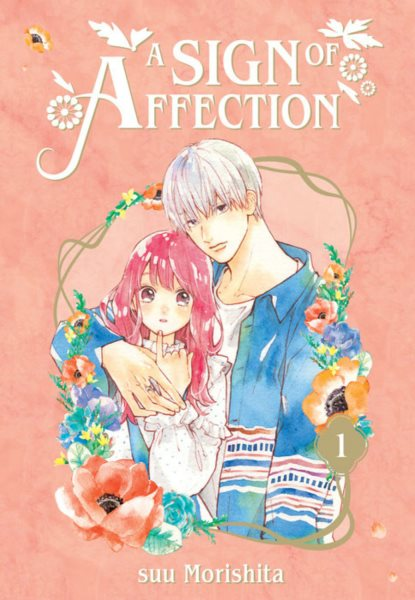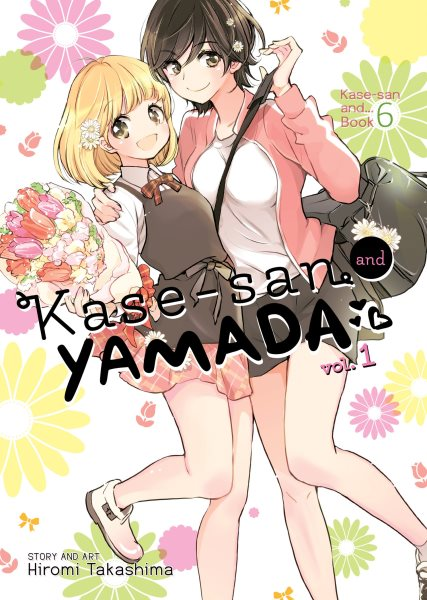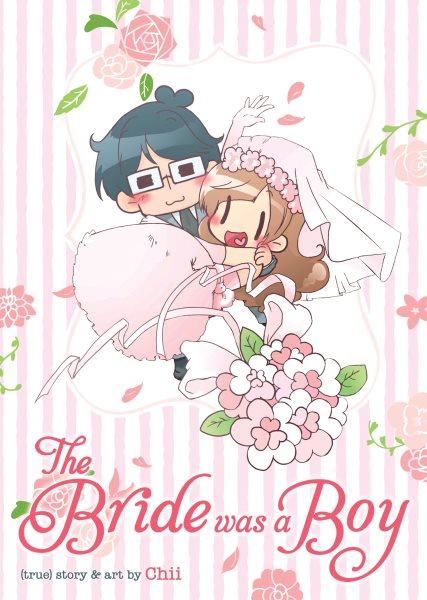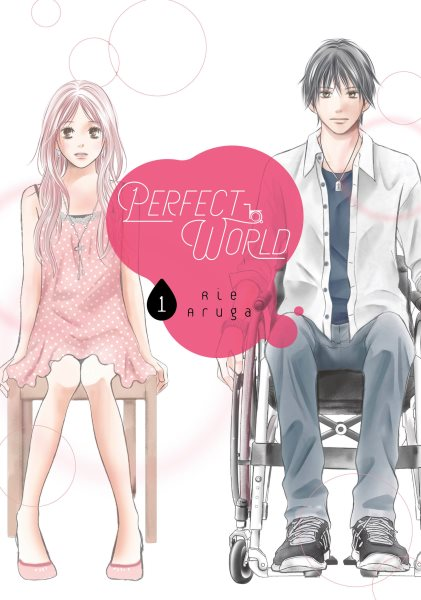One of the awesome things about manga is that it offers a wide array of genres. Comedy or drama, juvenile or adult, fiction or nonfiction, manga can tell stories of any genre and garner fame and attention no matter what genre they are. Romance, in particular, is just as wildly popular among manga readers as it is among readers of chapter books. So here are four romance manga you should check out, whether you’re already a manga aficionado or a total newbie to this branch of graphic novels.
A Sign of Affection
by Suu Morishita; sign language collaborator Yuki Miyazaki
College student Yuki meets a cool, cute guy on the train, and he just happens to be a friend of a friend! His name is Itsuomi, and he’s traveled the world enough to speak three languages—but none are sign language, Yuki’s primary mode of communication, alongside her phone. Yuki can read lips a little—a very little—but her misunderstandings usually just cause more problems than they solve. Furthermore, her friend expresses concern that trying to date Itsuomi will only lead to heartbreak.
With an adorable lead and a charismatic love interest, A Sign of Affection is a sweet romance with equal doses of comedy and drama. Sign language collaborator Yuki Miyazaki helps author duo suu Morishita convey the expressiveness of Japanese Sign Language. I find it difficult to convey just how compelling of a story element sign language is in this manga. I’ve never read a graphic novel quite like this. I highly recommend it.
Kase-san and Yamada
by Hiromi Takashima
Star athlete Kase and her high school sweetheart Yamada attend separate colleges in this sweet and occasionally sexy romantic comedy. Although it’s a continuation of the Kase-san and… high school romance series, it isn’t necessary to read the earlier books to enjoy this new series. Personally, I’m a bigger fan of this college romance series, so I recommend jumping right in!
One of the things that I love about this yuri manga is that while Kase, being the athlete, is generally the more masculine of the two girls, she isn’t locked into that role; Yamada likes Kase’s feminine side just as much as she likes her cool athletic side. I wouldn’t call the characters complex, per se, but they have enough depth and emotion to keep me reading.
Kase-san and Yamada hits that sweet spot where it isn’t particularly challenging, but it’s also not tensionless fluff (and I use the term “fluff” affectionately, I promise you). So, if you’re looking for this sort of “middle-stakes” story, for lack of a better descriptor, Kase-san and Yamada is a good pick.
The Bride Was a Boy
by Chii
The Bride Was a Boy is the real-life love story of author Chii and her husband. This illustrated memoir tells the story of Chii’s physical and social transition to legal recognition as a woman in Japan. Her story offers a great deal of insight into transitioning from male to female in Japan, though some details are happily outdated, such as the Japanese government’s requirement for compulsory sterilization before a trans person’s gender identity can be legally recognized. Thankfully, Japan’s Supreme Court recently ruled this law unconstitutional. This doesn’t take away from Chii’s story in the slightest; it just means you need to be mindful of the time and place it was written. Also, I just wanted to share the good news.
In addition to what we learn directly through Chii’s story, little details like the title (The Bride Was a Boy) reveal how queer culture is different in Japan compared to the US. For people in the US, it is generally inappropriate to say that a trans woman “used to be a boy.” But Chii seems comfortable referring to her past self as a boy, at least in some contexts. I had suspected this was a cultural difference when I first read The Bride Was a Boy, and my guess was confirmed when I read the forward in At 30, I Realized I Had No Gender by Shou Arai (there’s your bonus recommendation for today). These cultural differences have been a large part of the appeal of anime and manga to me and many other fans.
Chii’s bright and colorful chibi art style fits the story beautifully. Yes, this story offers a wealth of information about transitioning, but ultimately, this is the story of Chii’s relationships. Her romance with the man who would become her husband lives at the center of the memoir. Chii shows us how she fell in love with a man who loves her for who she is and her journey to becoming his bride. This is a real-life romance as good as any work of fiction.
Perfect World
by Rie Aruga; research aid from Kazuo Abe
When the interior design company Tsugumi works at starts collaborating with an architectural firm, Tsugumi is reunited with her high school crush, Itsuki. In their time apart, Itsuki fulfilled his dream of becoming an architect. However, he also had an accident that left his lower body paralyzed. Tsugumi still harbors feelings for him but struggles with the idea of dating someone who uses a wheelchair. Itsuki is also hesitant to let another person into his life—he’s already broken up with someone because he was afraid of burdening them with his disability.
Perfect World often provides a harsh look at the physical and social limitations of being a wheelchair user. Even Tsugumi and Itsuki fall victim to their prejudices. Our two leads are messy, imperfect people. Nevertheless, Itsuki is an incredibly charming male lead, and Tsugumi has pluck and determination worthy of any female lead in a romance manga. But we get to see that determination waver, making it all the more triumphant if and when she and Isuki pull through.




